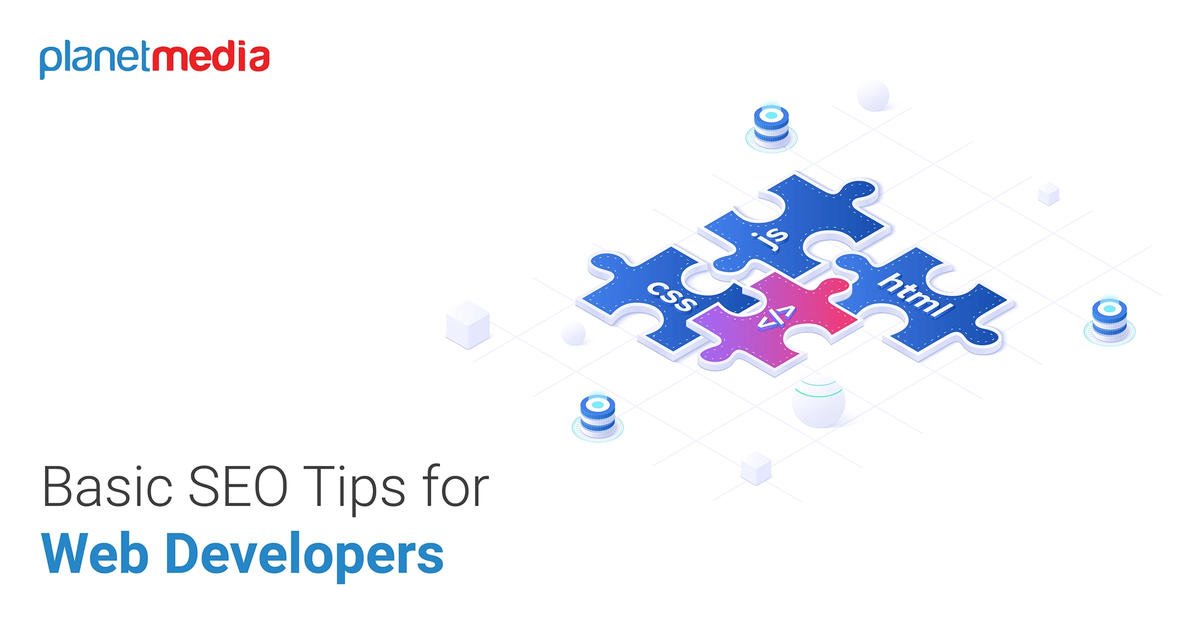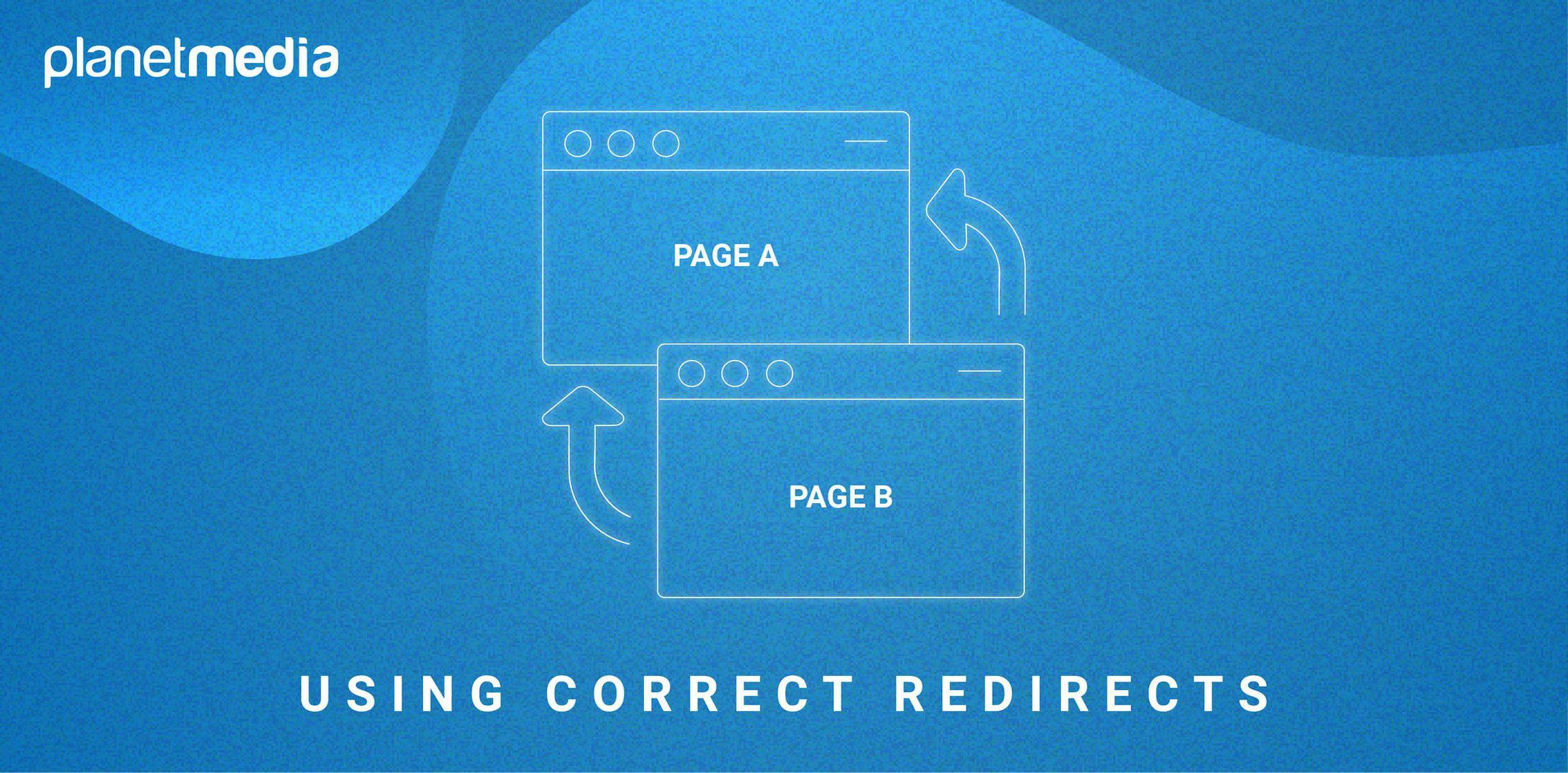Basic SEO Tips for Web Developers

Learning the SEO basics can go a long way towards outstanding collaboration and SEO functioning. As a developer, it is important to note that web development and search engine optimisation (SEO) is gradually becoming more and more intertwined as search engines become smarter. With such developments, professionals in both the SEO and web development fields have to understand and collaborate effectively with each other.

However, let’s focus on web developers today. While you can leave the basics to the SEO experts, the best practices we talk about here could help you connect and share information with your team, establish your brand image, and extend better services to your clients.
It is crucial to point out at the very beginning that for a website to be ranked well, some rules need to be respected. These SEO basics will not develop an SEO professional out of a web developer but are destined only to enlighten beginners with some elementary specifications of an SEO-friendly site.
Structure
If you work for a web design agency, you would typically receive design files from a professional designer with a well-defined structure. In such situations, there usually isn’t much noticeable room for improvement. However, if you are an independent developer, it will possibly be your responsibility to figure out how to go about the web design phase. So, keep in mind that sites are made for humans, not robots. This means that when developing a website for your client, you have to establish a logical structure that consists of the main menu and its categories and subcategories.
Your homepage will likely have the highest authority of all webpages on the site and it must encompass small fractions or summaries of all the most crucial elements. Featured products or services, reviews and testimonials, and blogs are just some of the key aspects your site should contain.

When reviewing each individual page of your site, you must also ensure that every page structure ensues a certain logic. Put the most crucial page factors upfront, followed by the hierarchically less crucial information. Also, ensure that H-tags (headings) go from the most critical (H1) to the least important (h2, h3, h4). Remember that a page cannot have more than one H1 tag and always try to make it the main page heading. H2 are mostly subheadings, and products can have H3 tags.
Essential information should be found in the footer. This consists of the business title, address, rather a Google map of the location, contact details, as well as social channel links, terms of use and privacy policy links.
Using Correct Redirects
Websites are continually evolving. The content becomes updated, pages move, new features are added, and developers ensure this crops up smoothly.
The end-user is the most crucial factor in this equation because everything you do has to work for them. Yet, you also need to consider how the crawlers explore your site. This is where it is important to learn how redirects work in SEO. The two most familiar redirects that influence SEO are 301 and 302 redirects.

A 301 redirect implies to the search engines that a site or pages have permanently changed. When you use a 301 redirect, the search engines will change most of the original link of the page equity to the new page.
A 302 redirect indicates that a page has been modified temporarily. You might apply this when you are modifying or updating your website, but you still need to keep the link of the original page equity.
Using redirects perfectly may seem like an insignificant thing, but it can make a considerable difference in SEO terms.
Valid Code
This is a surprise, but your HTML can frequently end up being invalid. And that is absolutely fine because everybody can make errors. When your website goes live and still contains flaws in the code, this may influence ranking negatively. Valid code is one of the factors of Google ranking. By using valid code, you can minimise the risk of hidden flawed code.
There are many online code validators, but W3’s code validator is highly recommended. The tool has proved very convenient to developers, from juniors all the way to qualified seniors and full-stack developers.
Robots.txt File
The robots.txt file sets guidelines for how web crawlers poke different parts of a site. It is a simple code, but it can have a considerable impact.
A robots.txt file accidentally blocking crawlers from content can be tragic for SEO. If the bots can’t crawl the site, it won’t be indexed—and won’t crop up in search results.

Every so often, webmasters don’t need a page indexed, and a robots.txt file is a helpful tool. If your SEO team recognises that page that should be driving traffic isn’t, keep an eye out for robots.txt files.
The collaboration between SEO experts and web developers is crucial. SEO depends on best practices for technical SEO and other factors like business scaling of on-page items.
Developers learning the SEO basics can go a long way towards successful collaboration and SEO performance. Such collaboration can lead to better dynamic site development work and the obligation for less re-work or “SEO-specific” updates and requests.
Looking for the best SEO tips for web developers? Just connect with our team ASAP



